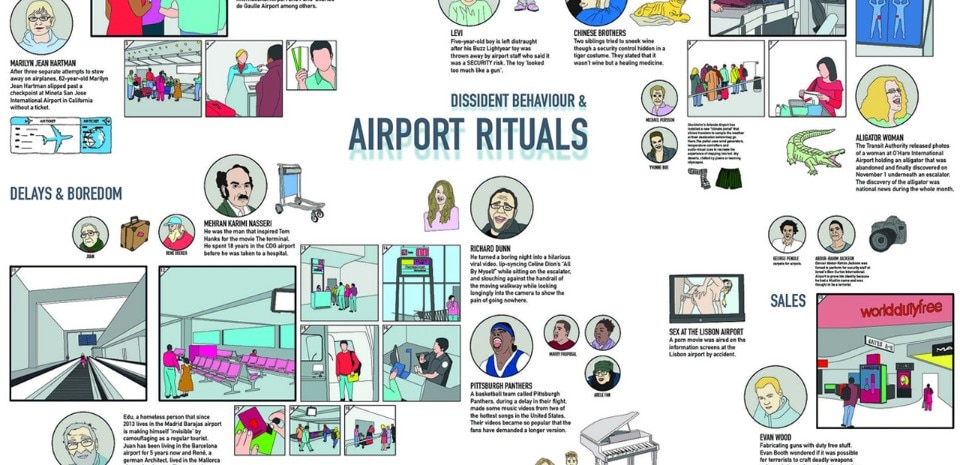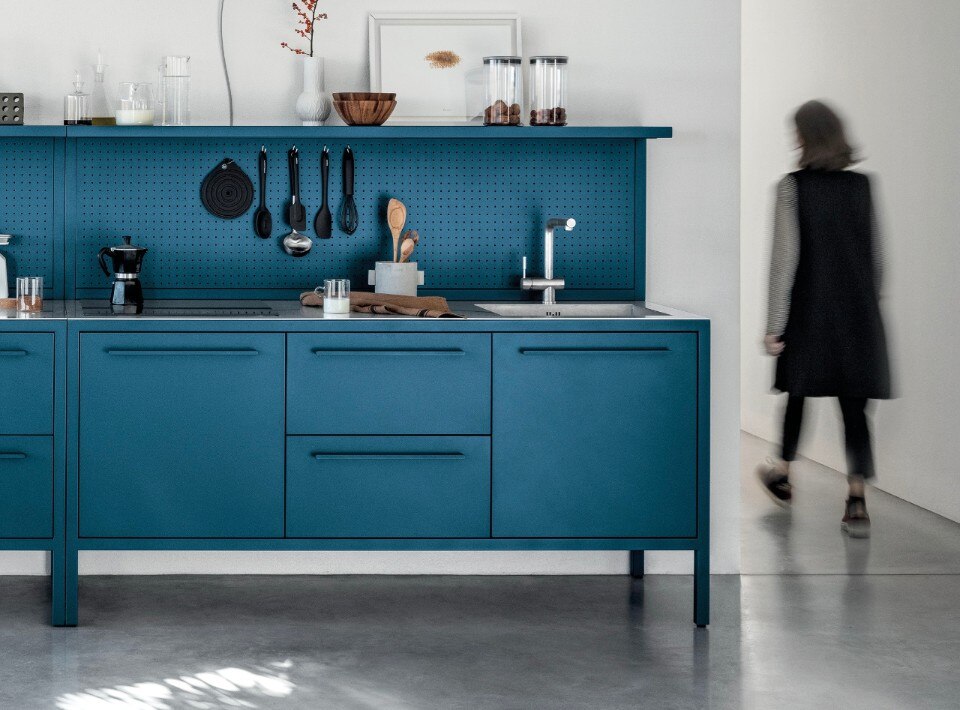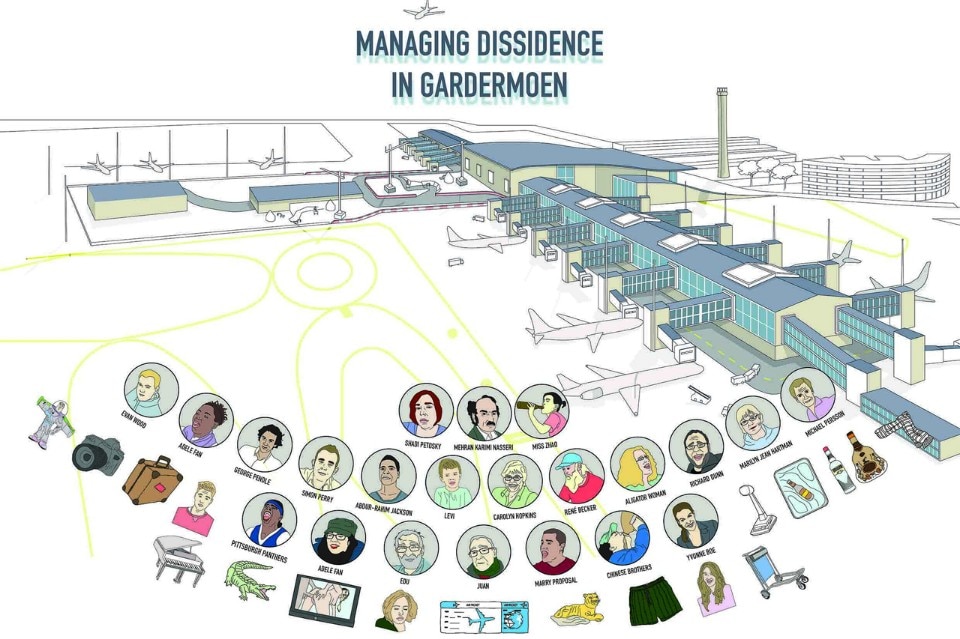
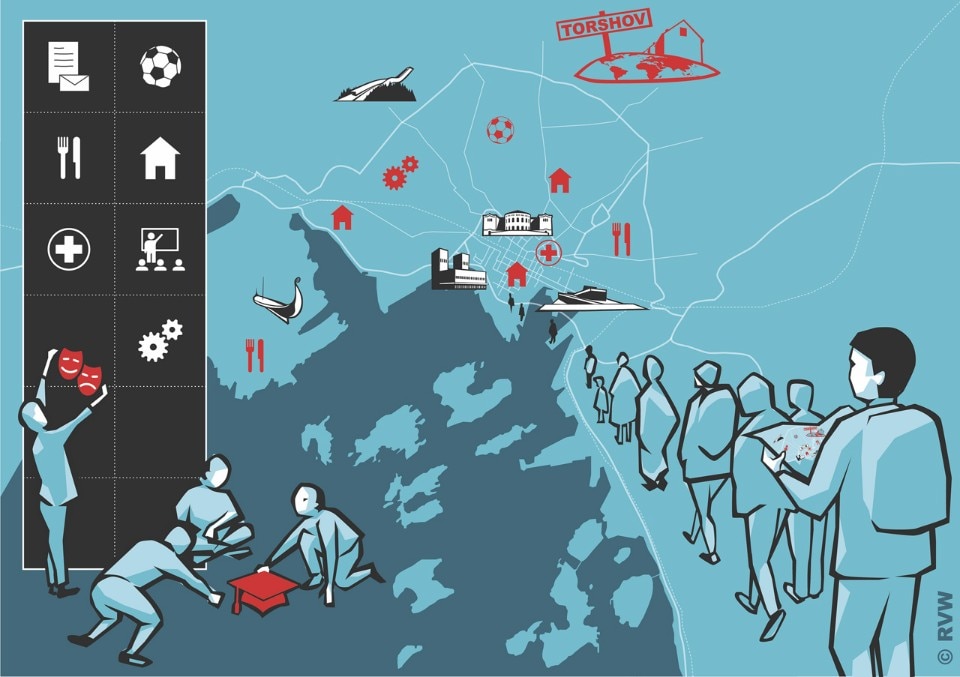
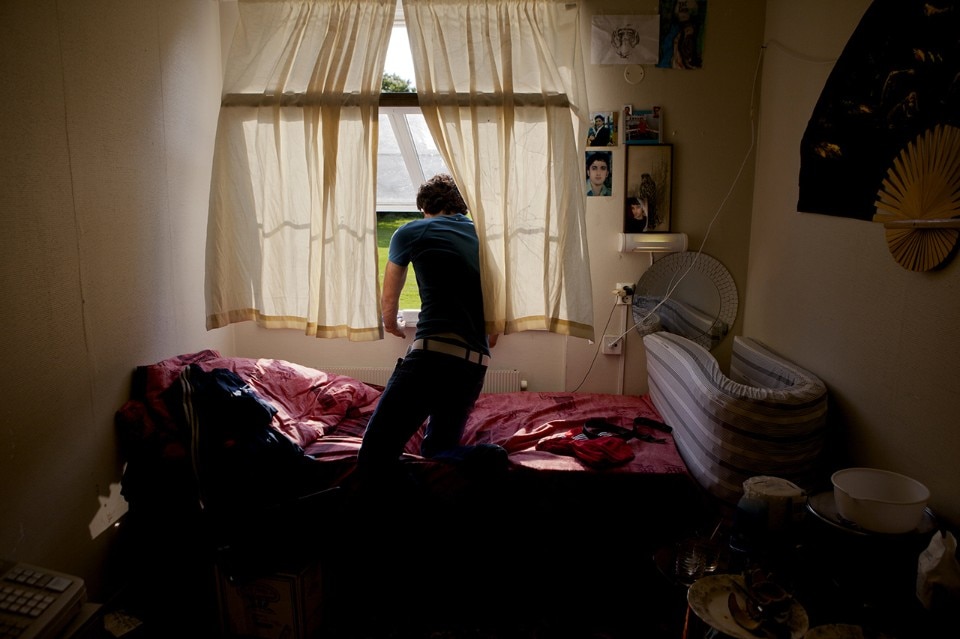
8 September – 27 November 2016
After Belonging
Oslo Architecture Triennale 2016
Curated by: Lluís Alexandre Casanovas Blanco, Ignacio G. Galán, Carlos Mínguez Carrasco, Alejandra Navarrete Llopis and Marina Otero Verzier
Oslo, Norway
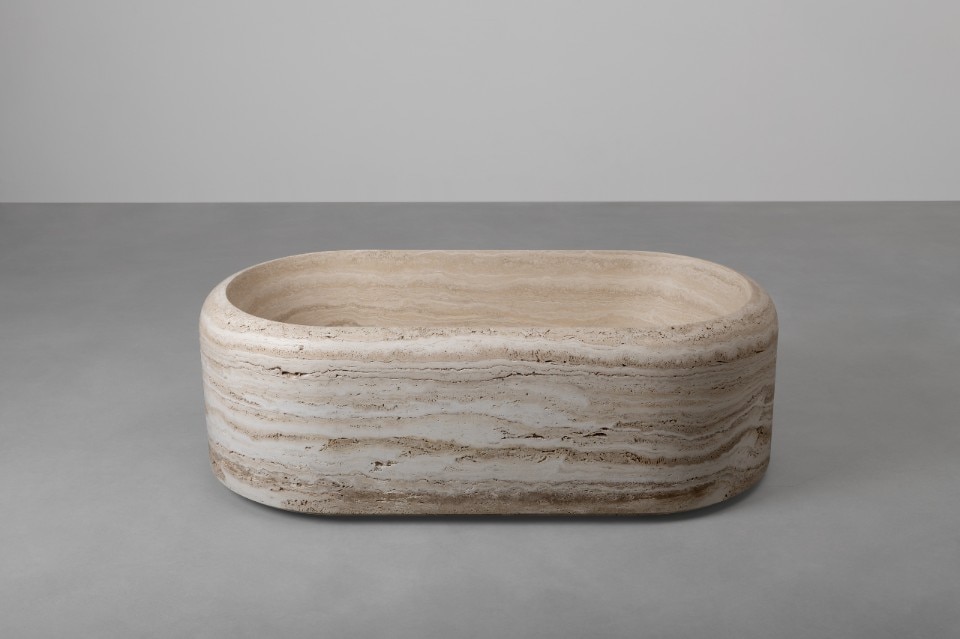
Designing from a single gesture: Vaselli’s latest collection
The Hoop series translates a morphological gesture into a family of travertine bathroom furnishings, where the poetry of the material meets the rigor of form.


